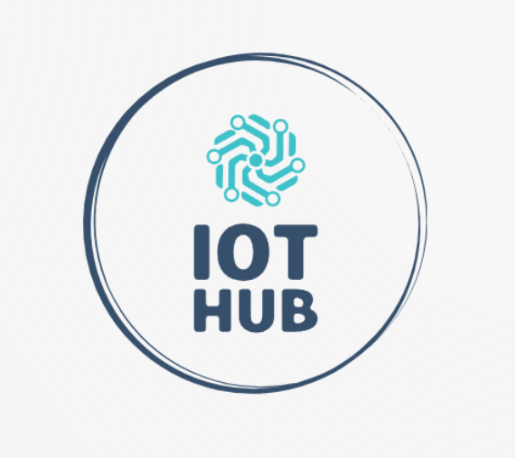Written By: Chester J Rahman @ IoTHub
The concept of smart cities has emerged as a beacon of innovation, efficiency, and sustainability. These cities leverage advanced technologies to enhance the quality of life for residents and optimize various aspects of urban living. Among the myriad of technologies contributing to the smart city landscape, LiDAR stands out as a transformative tool.
LiDAR is a remote sensing technology that uses laser light to measure distances and create detailed, three-dimensional maps of the surroundings. The system operates by sending out laser pulses and measuring the time it takes for the light to return after hitting an object. This data is then processed to generate accurate and high-resolution maps.
One of the key applications of LiDAR in smart cities is in urban planning and development. LiDAR technology allows city planners to create precise and up-to-date maps of the cityscape, including buildings, roads, and green spaces. This information is invaluable for optimizing infrastructure, identifying areas prone to congestion, and planning for future developments. The ability to create detailed 3D models aids in visualizing the urban landscape, facilitating more informed decision-making.
LiDAR plays a pivotal role in enhancing traffic management and supporting the deployment of autonomous vehicles in smart cities. By providing real-time data on traffic flow, congestion, and pedestrian movement, LiDAR enables intelligent traffic management systems to optimize signal timings, reduce congestion, and enhance overall road safety. Autonomous vehicles heavily rely on LiDAR sensors to navigate their surroundings, making them a crucial component for the future of urban transportation.
LiDAR technology contributes significantly to enhancing public safety and security in smart cities. Its ability to create detailed maps in real-time allows for effective monitoring of public spaces. LiDAR sensors can detect anomalies, track movements, and provide data for emergency response systems. Integrating LiDAR with surveillance cameras and other sensors creates a comprehensive security network, ensuring a rapid and coordinated response to potential threats.
Creating accurate terrain models and monitoring vegetation, LiDAR helps in assessing the health of green spaces and managing urban forests. This data is crucial for maintaining ecological balance, mitigating the impact of climate change, and implementing sustainable urban practices. While LiDAR technology holds immense potential for smart cities, there are challenges to overcome, including cost considerations, data privacy concerns, and standardization issues. However, ongoing research and technological advancements are addressing these challenges, paving the way for wider adoption.
LiDAR technology is a game-changer for smart cities, offering a versatile solution for urban planning, traffic management, public safety, and environmental sustainability. As cities continue to evolve, the integration of LiDAR will be instrumental in creating more efficient, resilient, and livable urban environments.

Leave a Reply